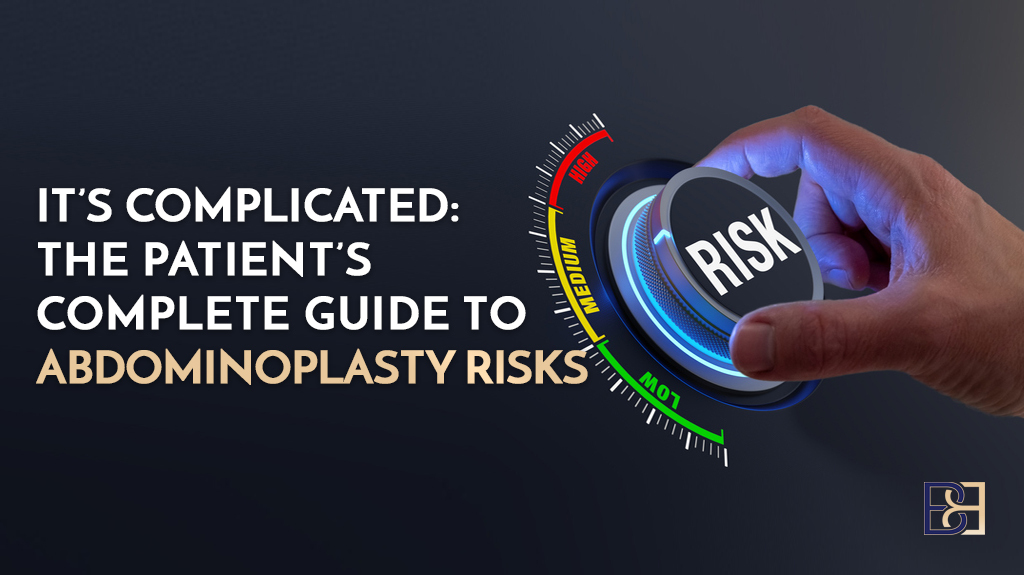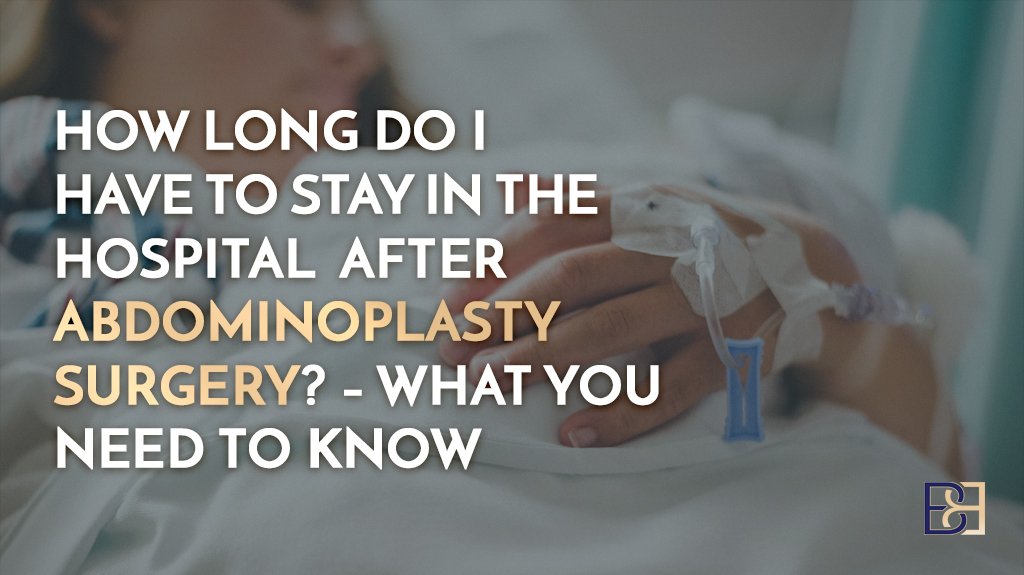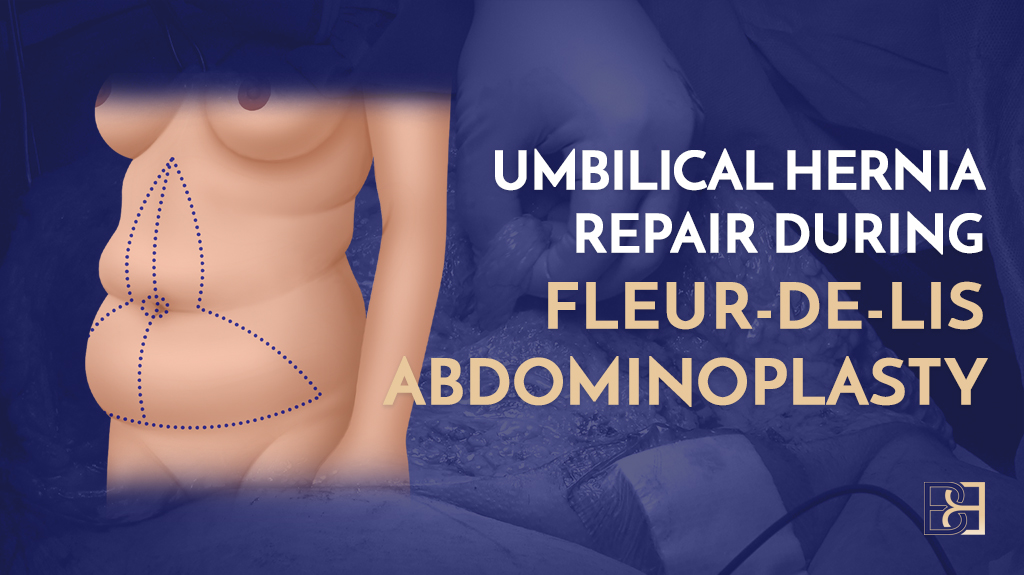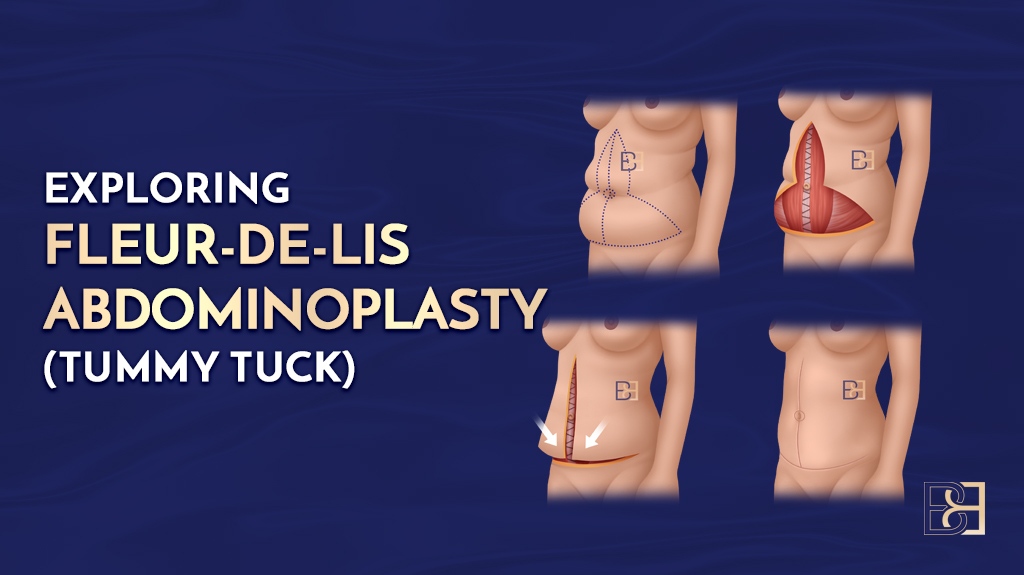Knowing what is the proper abdominoplasty aftercare is key to a smooth and successful recovery. This article provides essential tips on diet, supplements, wound care, and physical activity to help you heal effectively. Our guidelines will support you in minimising complications and achieving the best results from your abdominoplasty surgery.
Key Takeaways
- Diet and hydration are key for recovery; focus on anti-inflammatory foods and lean proteins.
- Compression garments are essential for reducing swelling and supporting the healing process after surgery.
- Preventing infection is crucial; follow wound care instructions, take antibiotics if prescribed, and use effective dressings.
Essential Diet Tips for Abdominoplasty Recovery

Book your appointment online now
Diet plays a pivotal role in the recovery process following abdominoplasty surgery. Hydration is key, as it aids in cellular repair and waste elimination, ensuring your body functions optimally during abdominoplasty recovery. Incorporating anti-inflammatory foods such as fruits and omega-3 fatty acids helps minimise post-operative swelling, which can significantly impact your recovery and well-being.
Lean proteins like chicken, fish, and legumes are essential for repairing tissues after surgery. These proteins support the rebuilding of your abdominal muscles and overall tissue repair. High-fibre foods can help maintain regular bowel movements, which is crucial when you’re less active during the recovery phase. Smaller, well-balanced meals provide consistent energy and essential nutrients without overburdening your digestive system.
Soft and easily digestible foods are recommended to prevent discomfort post-surgery. Avoiding gas-producing foods and carbonated drinks can also minimize bloating and discomfort. Remember, a well-balanced diet and staying hydrated are not just about fitness, but also about supporting your immune function and overall recovery.
Key Supplements for Healing Post-Surgery

Supplements can be a powerful ally in your abdominoplasty recovery. Essential vitamins like A, C, and zinc are crucial for wound healing and tissue repair. These vitamins can be obtained from supplements or a well-balanced diet rich in fruits, vegetables, and lean proteins. However, it’s important to avoid vitamin E supplements after surgery as they can increase the risk of bleeding.
Dr. Beldholm recommends adhering to a diet rich in essential nutrients to support your recovery. He emphasises the importance of following your surgeon’s post-surgery instructions regarding supplements to promote wound healing and ensure proper recovery. According to Dr. Beldholm, these supplements support the healing process and muscle repair, contributing to a successful recovery in the weeks and months post-surgery.
Importance of Compression Garments
Compression garments are a cornerstone of post-abdominoplasty care. These garments reduce swelling and help protect the wound after tummy tuck (Abdominoplasty) surgery, ensuring that your body heals properly. Supportive abdominal garments, such as an abdominal binder, should be worn for four weeks full-time, followed by 2 weeks part-time after your abdominoplasty surgery.
Doctor Bernard provides compression garments to his abdominoplasty patients to ensure a proper fit and optimal support. Neglecting to use compression garments can lead to increased swelling and longer recovery times, negatively impacting the healing process and potentially increasing the risk of blood clots.
Therefore, wearing compression garments is vital for a successful recovery and optimal abdominoplasty results.
Effective Ways to Prevent Infection
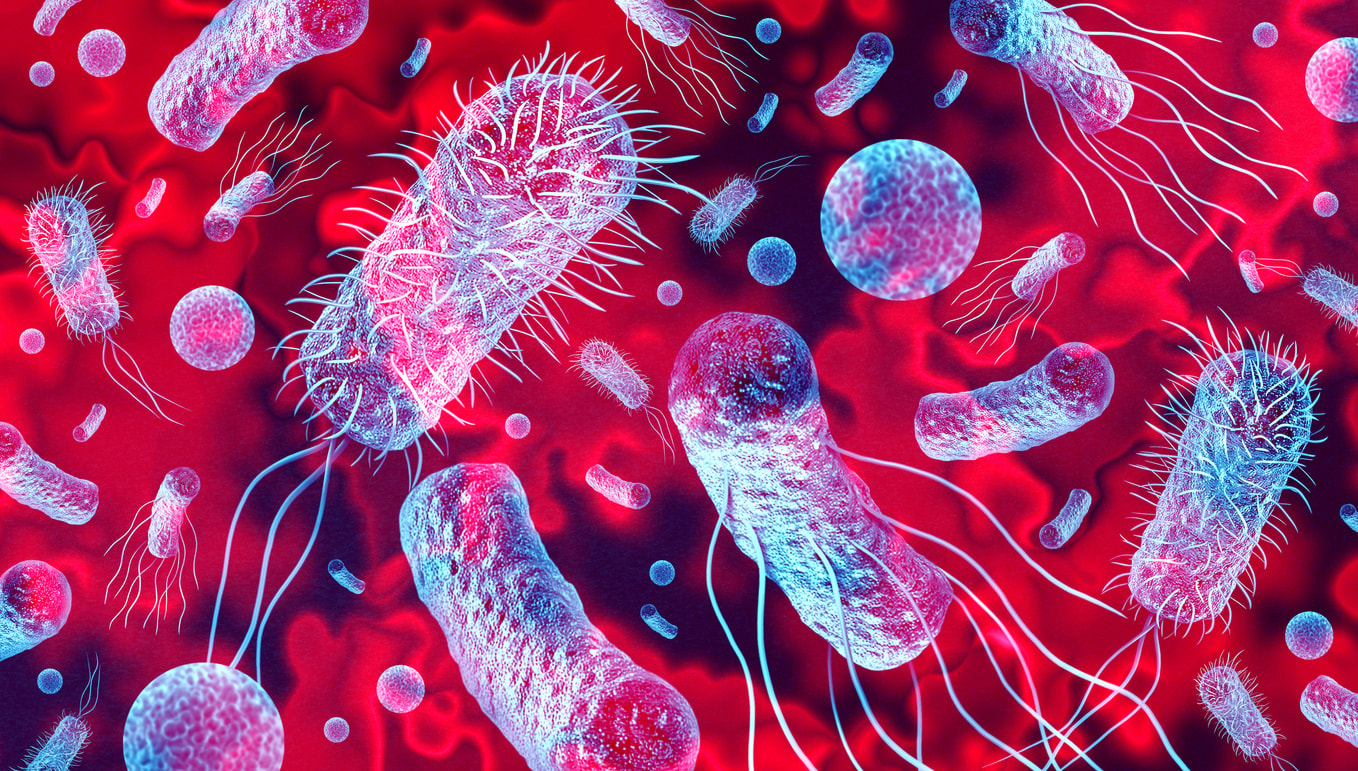
Dr. Beldholm emphasises that preventing infections is paramount to ensuring a smooth recovery after an abdominoplasty. Infections can have serious health consequences and worsen scars. According to Dr. Beldholm, infection control starts even before surgery by maintaining good nutrition to support your immune system. During surgery, strict surgical techniques are employed to minimise infection risks. After surgery, utilising PICO negative pressure dressings and adhering to proper wound care practices are essential steps to prevent infections and promote wound healing.
Probiotics can support gut health, especially when antibiotics are used post-surgery.
Taking Antibiotics Correctly
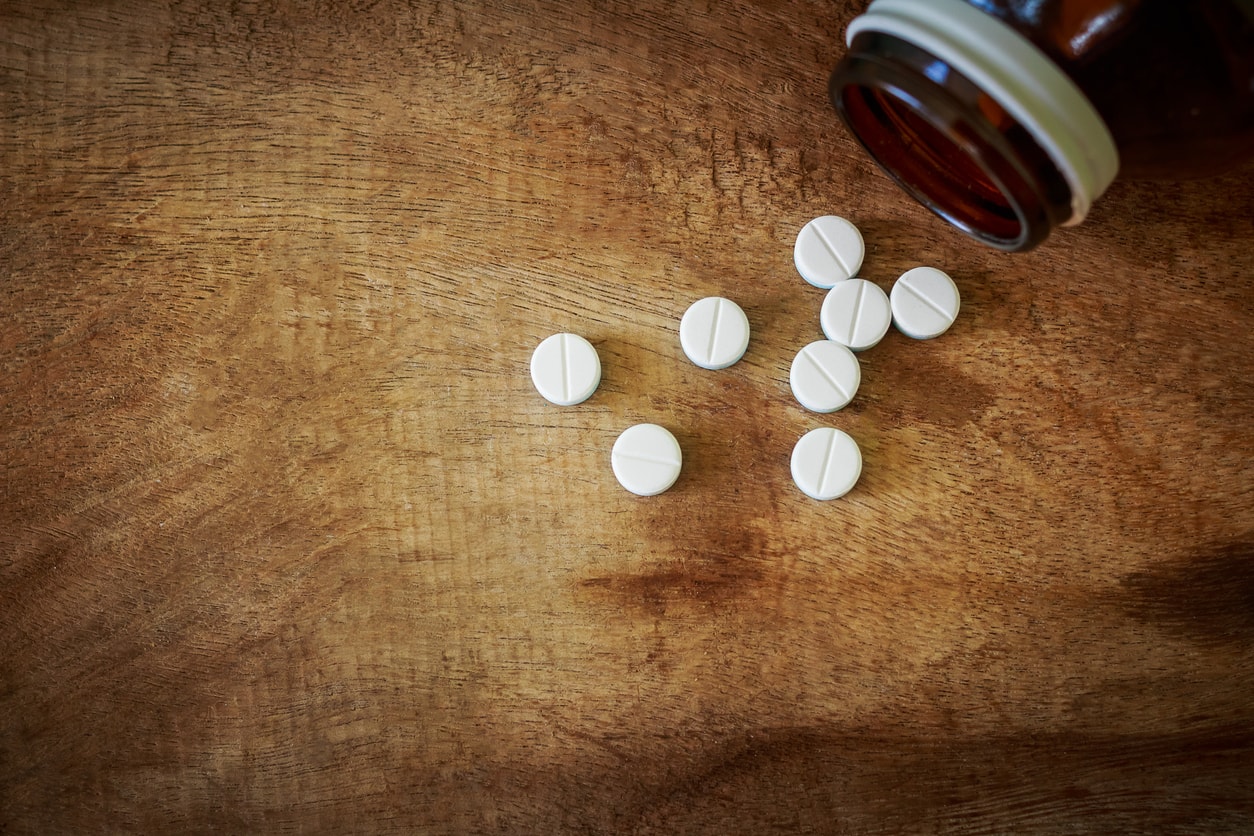
Antibiotics are given during your surgery and the first day after. Prolonged antibiotic use is not recommended as it can have its own complications. Talk to your surgeon about possible interactions with other medications or supplements.
Utilising PICO Negative Pressure Dressings
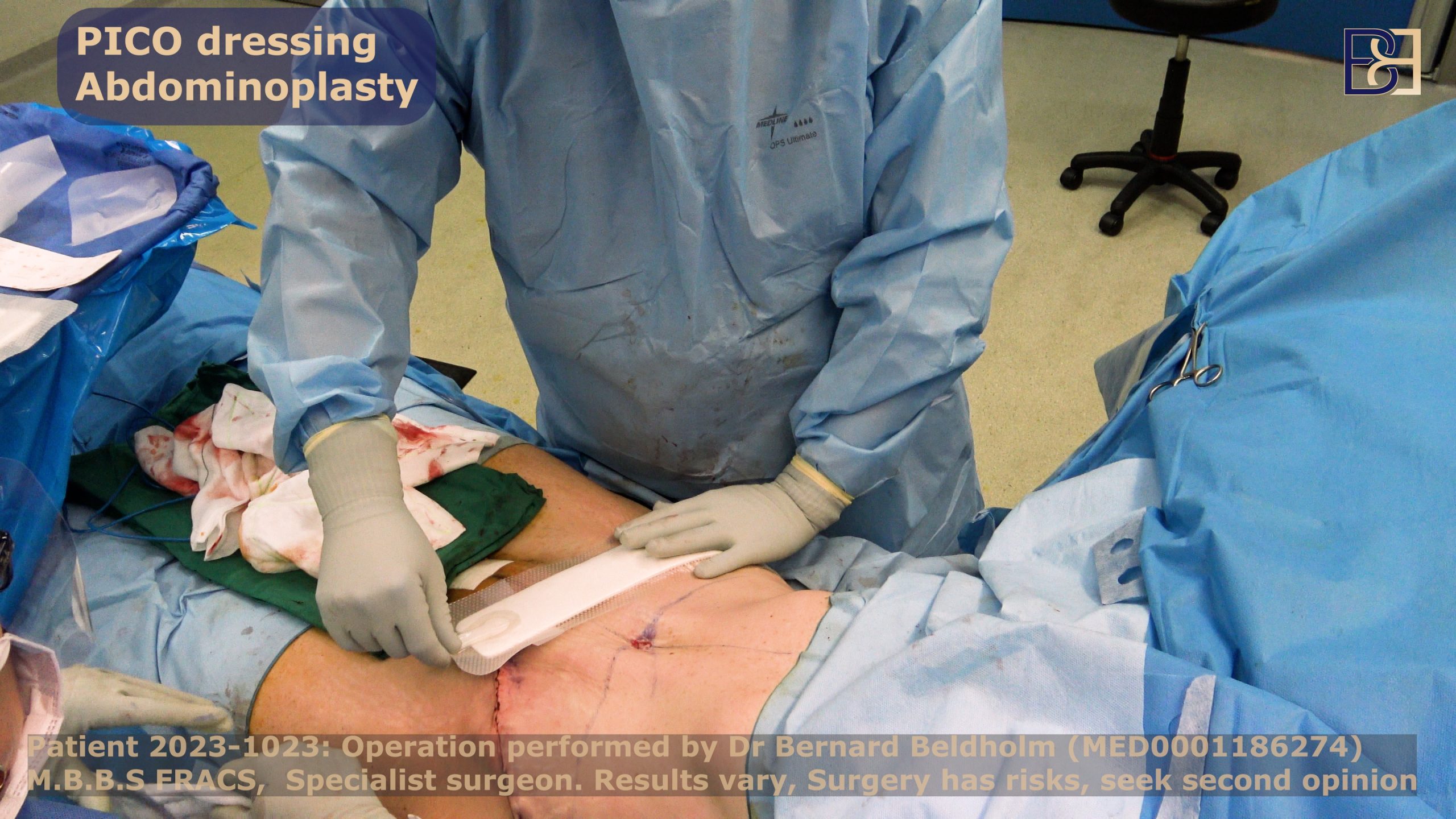
PICO negative pressure dressings are utilized for abdominoplasty patients. They help promote blood circulation and proper wound healing. These dressings are applied for the first seven days after abdominoplasty surgery, followed by a tape dressing. PICO dressings trap up to 99.9% of bacteria, significantly reducing the risk of infections.
Using PICO dressings with compression garments supports healing by managing excess fluid and supporting overall wound healing. This combination is an effective strategy to ensure a successful recovery and minimise complications.
Proper Wound Cleaning Practices
PICO dressing will be applied for 7 days after surgery, meaning that you will not need to worry about wound cleaning at this stage. After this, you will have a tape dressing on the wound, such as Hypafix. Dr. Beldholm’s nurse will clean the wound for you and provide aftercare as needed for the first few weeks after surgery.

It’s important to follow the wound care instructions provided by your healthcare team meticulously. Proper wound care is critical to prevent infections and ensure optimal healing. You might be advised to keep the wound dry and avoid submerging it in water until it is fully healed. Additionally, using non-irritating cleansers and avoiding any harsh chemicals on the wound site can help promote better healing. Monitor the wound for any signs of infection, such as increased redness, swelling, or discharge, and report these to your healthcare provider promptly. By adhering to these guidelines, you can significantly impact your recovery process and achieve the best possible outcomes from your abdominoplasty surgery.
Download our short guide: “11 Important abdominoplasty techniques that you need to know about”
Scar Management Techniques
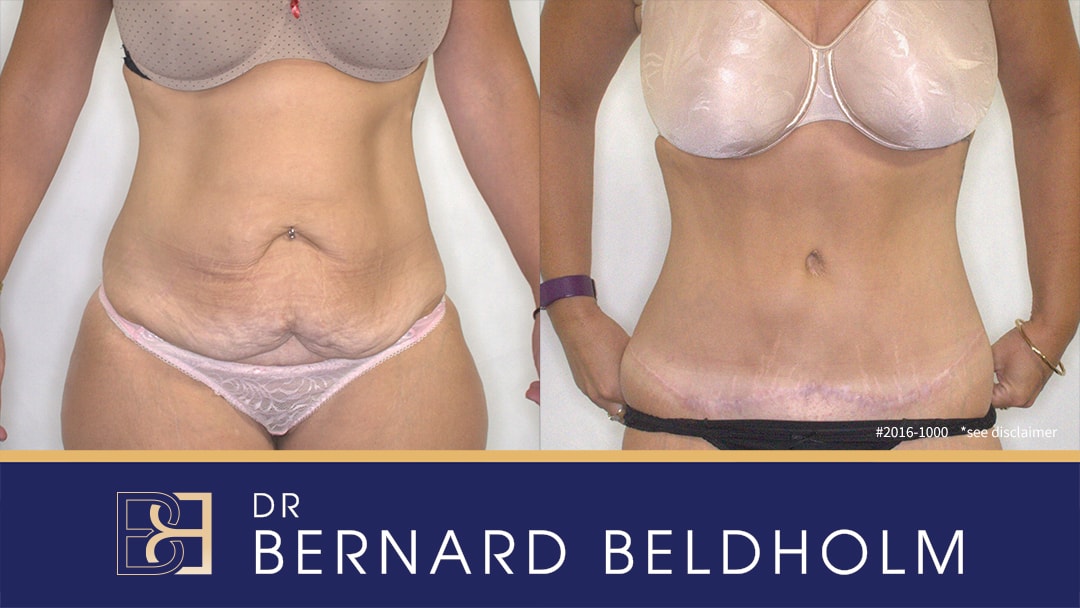
Disclaimer: Operation performed by Dr Bernard Beldholm. Adult content, surgery has risks; individual results vary, seek 2nd opinion. Please see the full disclaimer.
Managing scars effectively is a crucial aspect of abdominoplasty recovery. Abdominoplasty scars may require approximately 1 to 2 years to diminish. This fading process can vary from person to person. Initially, it’s advisable to keep incision scars covered with clothing or bandages to protect them. Techniques such as using scar creams, laser treatments, and silicone strips can significantly reduce the appearance of your scars over time.
Vitamin C promotes collagen production, essential for wound healing. Additionally, incision scars during an abdominoplasty are typically made as low as possible, hidden within underwear, ensuring they are well-placed and less visible.
Using Scar Creams and Moisturisers
Scar creams and moisturisers help maintain skin moisture and aid in self-repair. Effective ingredients in scar creams for abdominoplasty recovery include centella asiatica and vitamin E. Vitamin E cream that is fragrance-free might be especially helpful for scar healing. It can provide soothing benefits without irritating the skin. Hydrated skin aids in scar repair more effectively than dry skin.
Abdominoplasty scar gel and scar creams contribute to better-looking scars. Additionally, incorporating moisturisers may further reduce their appearance. These products also reduce swelling and support the healing process, ensuring your scars heal properly and look their best.
Benefits of Silicone Strips

Silicone strips keep wounds moisturised and reduce tension on the scar, promoting better healing and less noticeable scars.
Use silicone strips for 8 to 12 hours daily starting four weeks post-surgery to see significant benefits.
Protecting Scars from Sun Exposure
Avoid sun exposure for at least one year after abdominoplasty surgery, as it can worsen scars. Apply broad-spectrum sunscreen with at least SPF 30 to protect healing scars. Consider wearing thicker fabrics and darker materials to effectively cover the incision site from UV rays.
Healing scars are vulnerable to UV damage, making sun protection essential. By taking these precautions, you can significantly reduce the appearance of your scars and ensure they heal properly.
Gradually Resuming Physical Activities
Gradually resuming physical activities is crucial for a successful recovery. Light activities like walking should be begun in the first two weeks after surgery to boost circulation. Consult your surgeon before resuming any exercise program post-surgery. This ensures that you do not put too much stress on your healing body.
Moderate exercises can typically be introduced between weeks 5 and 6, with doctor approval. Listen to your body during recovery and stop any activity that causes pain or discomfort. Avoid strenuous exercise and heavy lifting until you receive a green light from your healthcare provider.
Following Medical Advice and Attending Follow-Ups
Adhering to all medical advice ensures a smooth and effective recovery after abdominoplasty surgery. Post-operative instructions from your surgeon must be followed closely to minimise infection risks and promote optimal healing. Attend follow-up appointments to prevent complications and manage any unforeseen risks.
Report any unusual symptoms during recovery to your healthcare provider for timely interventions. This proactive approach will help you heal properly and achieve the best possible tummy tuck (Abdominoplasty) results.
Final Conclusion by Dr Beldholm

In summary, proper abdominoplasty aftercare involves a combination of a balanced diet, key supplements, compression garments, infection prevention, scar management, and gradual resumption of physical activities. Following medical advice and attending follow-ups are essential for a successful recovery. By adhering to these guidelines, you can ensure your abdominoplasty results are as optimal as possible.
Frequently Asked Questions
What is important for recovery after abdominoplasty?
To recover well after abdominoplasty, focus on a balanced diet with plenty of water and fibre-rich foods, like fruits, veggies, and protein. Staying nourished is key.
What should be avoided after surgery regarding supplements?
It’s best to steer clear of vitamin E supplements after surgery since they can increase bleeding risk.
What is the benefit of wearing compression garments after a tummy tuck (Abdominoplasty)?
Wearing compression garments after a tummy tuck (Abdominoplasty) is super helpful because they reduce swelling and protect your incision. Plus, they can give you a little extra support during recovery.
What is the most important step to reduce infection risks after abdominoplasty?
Taking antibiotics as prescribed is crucial to reducing infection risks after a tummy tuck (Abdominoplasty). So, don’t skip those meds!
How long does it take for abdominoplasty scars to fade?
Abdominoplasty scars usually take around 1 to 2 years to fade significantly. Just hang in there; they’ll heal over time!

